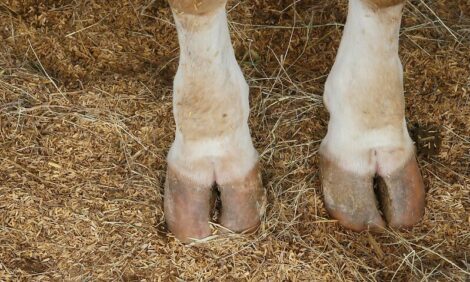



Ag Marketing Boards, Supply Management are Costly for Producers
CANADA - Canadian buyers are not the only ones paying the price for a supply management system that costs them around C$3.9 billion a year. A new study from the Montreal Economic Institute (MEI) signed by Mario Dumais shows that producers themselves are shackled by a vast network of 80 agricultural marketing boards that hold a monopoly on marketing and that, in certain cases, restrict production.The marketing boards aim to set prices above market rates through the creation of marketing monopolies, with or without supply management. But contrary to what one might think, inflating the prices of foods does not necessarily mean that farmers get richer, according to the author of this study.
The value of quotas, which amounts to an average of C$1.4 million per dairy farm for instance, actually reduces farm revenue. For example, although Quebec dairy producers received C$12.67 more per hectolitre than the Northeast American market price in 2002, they had to pay C$19.39 in interest payments stemming from the purchase of production quotas. In fact, OECD researchers have noted that money invested under most government agricultural programs has not been translated into extra income for agricultural families.
In Canada, the degree of centralisation in the marketing of agricultural products makes it difficult for producers to adapt to consumers’ diverse preferences. This bureaucracy’s lack of flexibility leads to lost opportunities, argues the author. Indeed, the Japanese market, very demanding about the quality and the traceability of pork, reduced the share of its supply coming from Canada a few years ago, turning instead to US producers who were able to respond more quickly to their requirements.
“The marketing boards, whether or not they manage supply, miss the mark in fulfilling their main objectives and no longer serve any purpose. For true agricultural entrepreneurship open to global trade, we need to gradually eliminate quotas while compensating producers who hold these quotas, a transformation that served Australian producers well, among others,“ concludes Mr Dumais.







